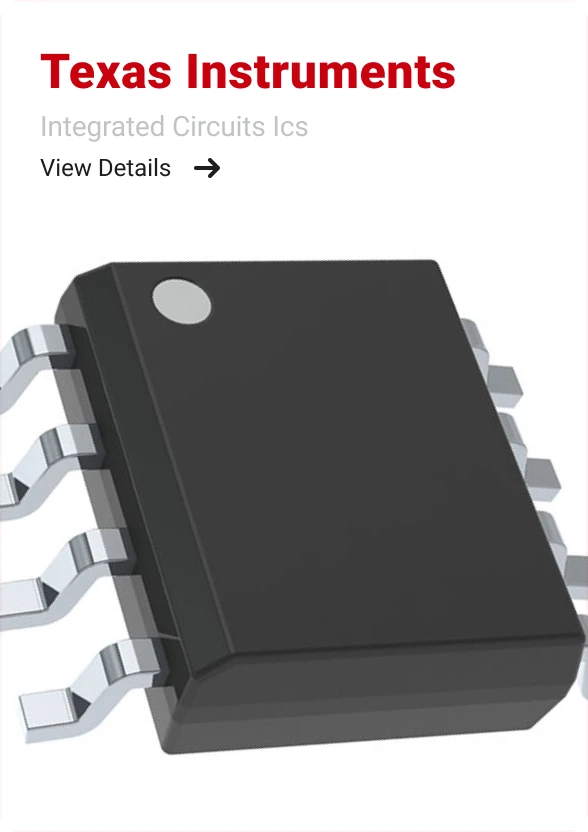In the world of electronics, buffers play a crucial role in managing signals and ensuring efficient data transfer. From enhancing performance to ensuring signal integrity, buffers are integral components in a variety of electronic systems. This article explores the significance of buffers in electronics, their applications, and why they matter.

What Are Buffers?
Buffers are electronic circuits used to manage the transfer of signals between different parts of a system. They serve as intermediaries that can handle various tasks such as amplification, impedance matching, and isolation. Essentially, a buffer takes an input signal and provides a corresponding output signal without altering the original data significantly. This function is crucial for maintaining the quality and reliability of data as it moves through electronic systems.
The Functionality of Buffers in Electronics
In modern electronics, buffers are employed in several critical ways:
Signal Amplification: Buffers can amplify weak signals to make them stronger and more usable by other components within a circuit. This is particularly important in applications where signal strength needs to be maintained over long distances.
Impedance Matching: Buffers help in matching the impedance between different components, preventing signal loss and ensuring efficient data transfer. This is vital for minimizing reflections and signal degradation.
Isolation: Buffers provide isolation between different stages of a circuit, which helps in preventing interference and protecting sensitive components from high voltage spikes or noise.
Applications of Buffers
Buffers are widely used across various electronic applications:
Computer Systems: In computers, buffers are essential for managing data between the CPU and memory. They help in smoothing out the data flow, reducing the risk of data loss or corruption.
Communication Systems: Buffers are used in communication systems to handle high-speed data transmission. They ensure that data is transmitted accurately and efficiently across networks.
Consumer Electronics: In consumer electronics, buffers are found in devices such as smartphones and televisions, where they help in processing signals and enhancing overall performance.
Choosing the Right Buffer for Your Application
Selecting the appropriate buffer depends on several factors, including the specific requirements of your electronic system and the nature of the signals involved. Key considerations include:
- Signal Voltage and Current: Ensure that the buffer can handle the voltage and current levels of your signals.
- Speed and Performance: Choose a buffer that meets the speed requirements of your application to avoid bottlenecks.
- Power Consumption: Consider the power consumption of the buffer, especially in battery-operated devices.
In conclusion, buffers are indispensable in the realm of electronics, offering crucial functions such as signal amplification, impedance matching, and isolation. Understanding how buffers work and their applications can help you design more efficient and reliable electronic systems. For more insights into electronic components and their applications, visit southchips.com.
Our website is a great place to start for more information.

